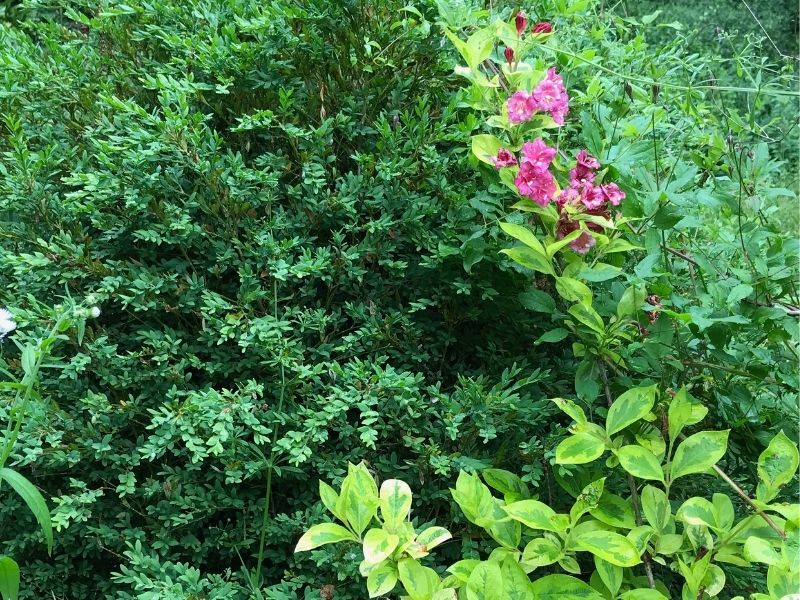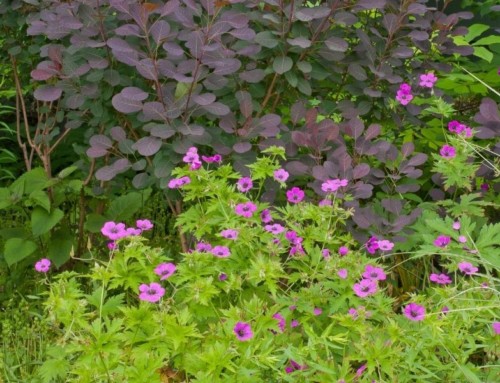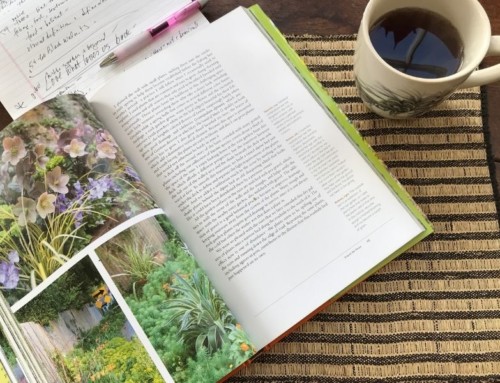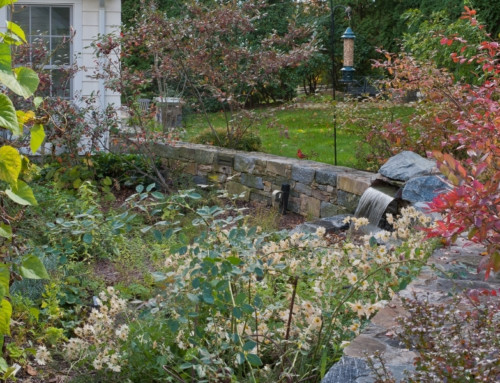Living in one place for a long time, I’ve begun to develop my own phenology (not phrenology; the bumps on my head are from looking at plants without watching where I’m going).
Definition: the study of cyclic and seasonal natural phenomena, especially in relation to climate and plant and animal life.
The USA National Phenology Network (usanpn.org) brings together diverse organizations and citizen scientists (i.e., folks like us) to monitor the impacts of climate change on plants and animals, predict threats, manage forests, time harvests and more.
We can participate in USANPN campaigns to observe things like where and when nectar sources are available for migrating bats, or study leaf color in particular trees to learn about pollen activity.
I’ve noticed over the years that certain things always happen together in my yard and would be interested to hear about what you’ve noticed in your yard.
Male goldfinch feathers turn bright sulfur yellow just as forsythia blooms the same color.
Seeing one makes me observe the other more closely. I refrain from ripping out all of that thuggish non-native sunshine-hued plant.
Forsythia and goldfinches obviously didn’t evolve together.
But I get a kick out of the co-incidence, that the color of breeding plumage and pollinator-attracting flowers is so similar. We’re all starved for color that time of year.
Every year, the instant Phlox stolonifera blooms, hummingbirds appear. No question about the connection – and co-evolution – between those two.
Orioles appear just as the tulip trees, which they prefer to nest in, begin to flower.
It’s easier to see what’s going on before leaves open. Pests and invasive plants are sneaky, though, and can start out too small to notice until the damage is done.
Easy-to-See Clues That Make Me Look for Not-so-Easy-to-See Problems
Virginia fringe tree (Chionanthus virginicus) is the latest tree in my yard to show signs of life.
This makes it a little difficult to use in the spring garden.
The tree still looks dead when gloriously blooming dogwoods, redbuds, shadblows and spring bulbs put on a show – but makes up for being late to the party in late May/early June.
As I was sitting at my picnic table admiring the fringefest up on the back slope, I happened to look down. There was invasive Japanese stilt grass, just sprouted, in the lawn.
I probably brought it home from an infested property in the treads of my boots. It first appeared in the places where I walk.
I want to stop it in my tracks.
Japanese stilt grass emerges after the lawn greens up, so you don’t notice it right away.
It grows fast, blooms, sets seeds and shatters before you know it. An annual, it can be managed if you’re on top of it before spills seed.
Now I’ll be on the lookout when the fringe tree blooms.
Hopefully Burnout, a vinegar-based non-systemic herbicide will kill it when it’s this small. There’s too much to pull.
Looking for Trouble
As anyone who follows my blogs or subscribes to Eco-Friendly News, Views, Clues and How-To’s is well aware, I’m fascinated by native plants and all the creatures that depend upon them.
I’m also fond of the few boxwoods planted before turning my attention to natives.
Living in deer country, it’s nice to have something deer don’t eat.
Songbirds reliably nest safely inside these dense shrubs and I appreciate their solid evergreen form in winter, when everything gets so linear and drab.
I also keep one non-native weigela tucked away in my back border. It’s my cue.
Adult boxwood leaf miners, a bright orange midge that looks like a mosquito, emerge from boxwood leaves at the time weigelas bloom.
They fly around for a short time to mate, inject eggs into the leaves and die.
Larvae feed inside boxwood leaves all summer, overwinter under blisters they create on the undersides (which causes leaves to turn spotty and unhealthy-looking).
Shake the boxwood shrub and you may see them flying around.
If you have a bad infestation, they can be treated organically with neem and horticultural oil, but only when they’re outside the leaf.
But I prefer to wait until the dirty deed is done – and then prune and discard infested leaves.
I wish I had a corresponding unmissable natural phenomenon associated with the blister beetles that appear out of nowhere and decimate clematis plants every year.
They seem to arrive on or about the same day, so every year I’d transfer that date to the new calendar.
When I saw the note, I’d go looking – clippers in hand, to cut them in half. “Hand-picking” would result in painful burning blisters from the chemical cantharidin they exude.
One year I forgot to transfer the date.
Now I’ll have to figure it out all over again.
But this time I’ll look for a more obvious reminder.





